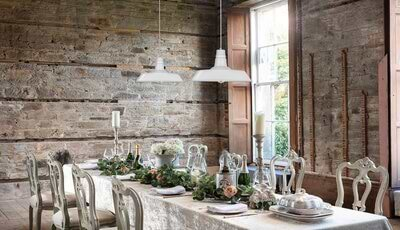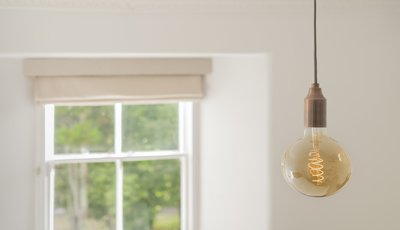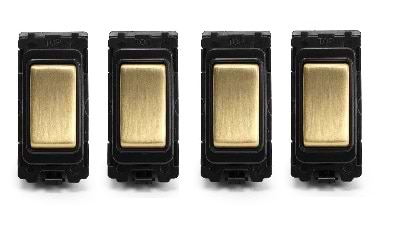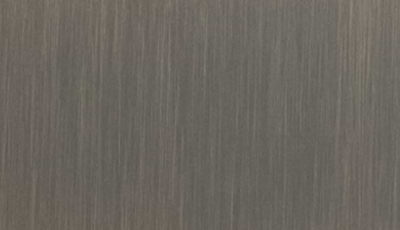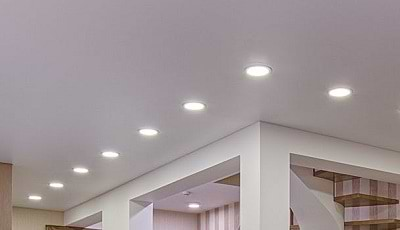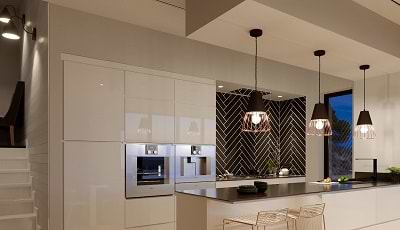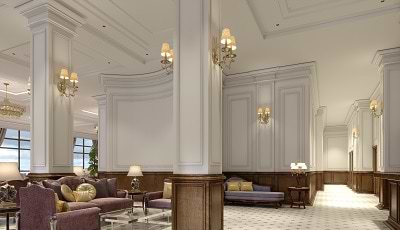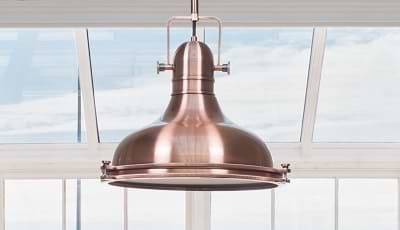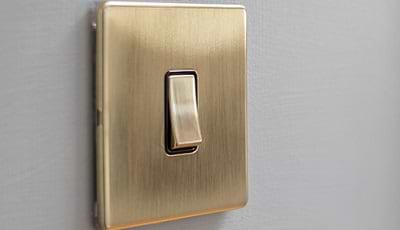Elesi Blog
Lighting Guides & Interior Design Tips
-
How To Choose Pendant Lights
In our guide on how to choose pendant lights, we look at the key considerations to think about when choosing the right style of pendant light for your home including size, shape and lighting style. -
7 Home Office Lighting Ideas
7 home office lighting ideas to create an ambient and comfortable working space that will boost productivity and efficiency. -
What Are Retractive Switches?
We look at retractive switches, what they are used for and how they differ from other types of common light switches. -
What is Antique Brass Finish
One of our most popular finishes, antique brass, also known as aged brass has a beautifully warm look that tends to suit period properties, but... -
Which LED Downlights are the Best?
We are often asked what are the best LED downlights? This really depends on the location, what is needed, the style of the room and the budget. -
Rose Gold Kitchen Lighting Ideas
This beautiful, soft tone is perfect for lighting. Rose gold has had a revival in recent years and has become one of the most popular... -
Art Deco Light Switches and Sockets
The instantly recognisable predominant decorative art style of the 1920s and 1930s, Art Deco is characterised by delineated geometric shapes, decadent detail work and rich... -
Nautical Kitchen Island Lighting
Pendant lights above a kitchen island or breakfast bar not only add style to the whole room, but they provide a good level of the right sort of light for eating and other kitchen related tasks -
What kind of light switch do I need?
When completing a home renovation, you may find yourself in a situation in which you need to choose which light switch to use in each...



